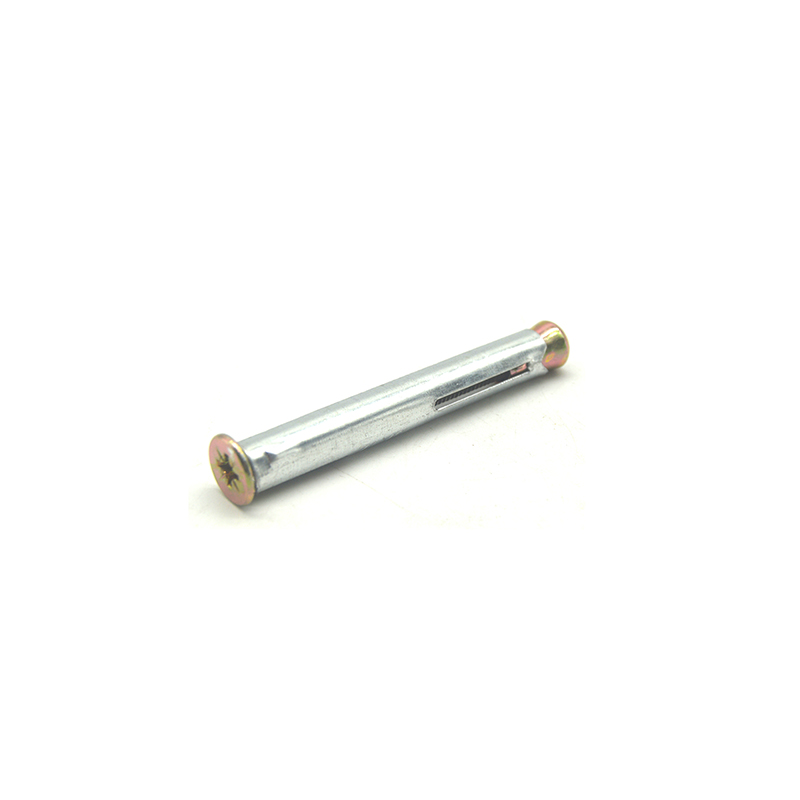- Chinese
- French
- German
- Portuguese
- Spanish
- Russian
- Japanese
- Korean
- Arabic
- Irish
- Greek
- Turkish
- Italian
- Danish
- Romanian
- Indonesian
- Czech
- Afrikaans
- Swedish
- Polish
- Basque
- Catalan
- Esperanto
- Hindi
- Lao
- Albanian
- Amharic
- Armenian
- Azerbaijani
- Belarusian
- Bengali
- Bosnian
- Bulgarian
- Cebuano
- Chichewa
- Corsican
- Croatian
- Dutch
- Estonian
- Filipino
- Finnish
- Frisian
- Galician
- Georgian
- Gujarati
- Haitian
- Hausa
- Hawaiian
- Hebrew
- Hmong
- Hungarian
- Icelandic
- Igbo
- Javanese
- Kannada
- Kazakh
- Khmer
- Kurdish
- Kyrgyz
- Latin
- Latvian
- Lithuanian
- Luxembou..
- Macedonian
- Malagasy
- Malay
- Malayalam
- Maltese
- Maori
- Marathi
- Mongolian
- Burmese
- Nepali
- Norwegian
- Pashto
- Persian
- Punjabi
- Serbian
- Sesotho
- Sinhala
- Slovak
- Slovenian
- Somali
- Samoan
- Scots Gaelic
- Shona
- Sindhi
- Sundanese
- Swahili
- Tajik
- Tamil
- Telugu
- Thai
- Ukrainian
- Urdu
- Uzbek
- Vietnamese
- Welsh
- Xhosa
- Yiddish
- Yoruba
- Zulu
- Kinyarwanda
- Tatar
- Oriya
- Turkmen
- Uyghur

self tapping screws b and q
Exploring Self-Tapping Screws and Their Applications
If you're working on a DIY project or involved in construction, chances are you've come across self-tapping screws. These versatile fasteners, available at places like B&Q, can simplify your work — but it's important to understand their use and potential pitfalls.
Understanding Self-Tapping Screws
So, what exactly are self-tapping screws? Essentially, they're designed to tap their own hole as they're driven into the material. This makes them incredibly handy for situations where you need a strong, quick, and efficient connection without pre-drilling.
From woodwork to metalwork, these screws come in various forms, each tailored to specific materials and needs. Yet, the confusion often arises when choosing the right type for a job. Many people ask if they’re truly universal. The answer isn’t as straightforward, and it depends greatly on understanding the nuances of your project.
I've witnessed countless projects where using the wrong type led to weakened structures. That's why knowing the thread style and material compatibility is crucial.
Application Insights and Experiences
One common scenario I've encountered is the use of self-tapping screws for installing metal roofing. Here, the screw's ability to pierce metal without a pilot hole saves time and ensures a sturdy fit. However, for a novice, ensuring the screws don’t damage the underlying structure can be challenging.
A fresh challenge often arises with wood installations. While these screws can easily penetrate softwood, harder woods like oak might require a bit more finesse and perhaps a pilot hole, despite the screws’ claims. Misjudging this can lead to splitting, something I realized early in my career.
It’s not only about the screw’s technical specs but also factors like screw length, head style, and the tool being used to drive them. A screwdriver that lacks adequate torque can strip the head, leaving you with a half-driven screw.
Expert Tips on Usage and Precision
When working with self-tapping screws, practice makes perfect. To ensure precision, start slow. Driving screws rapidly without control is a rookie mistake I’ve regretted making. A controlled, steady hand reduces errors and ensures better alignment.
The selection at places like B&Q offers a range, but I always remind colleagues and clients to consider their source. Trustworthy suppliers like Handan Shengtong Fastener Manufacturing Co., LTD, based in an important hub for fasteners in Handan City, Hebei Province, provide quality assurance.
Speaking of sources, checking the coating type is essential for corrosion resistance, especially in outdoor applications. Overlooking this can compromise structural integrity over time.
Potential Issues and Solutions
Despite their efficiency, I've seen some significant mishaps with self-tapping screws. A common issue is over-tightening, which can strip threads. To counteract this, using a torque-limited tool is advisable.
The context of the material also matters. Installing screws in moisture-prone areas without considering sealants could lead to rust. It’s a lesson learned the hard way when retrofitting a client's outdoor deck.
Moreover, the debate between stainless steel and carbon steel screws often arises. Each has its place — stainless for corrosion resistance and carbon for strength. Misapplying them can lead to early failure.
Recommendations from Experience
In practice, referenced materials and manufacturer guidelines are invaluable. Handan Shengtong Fastener Manufacturing Co., Ltd., found at their website, often provides detailed specifications that guide choices effectively.
The key is aligning the right screw characteristics with project needs, including diameter, material, and head type. Neglecting any of these factors can impact not just the longevity of the screw but the entire project.
In conclusion, self-tapping screws are indispensable, yet they demand respect and understanding. Taking the time to comprehend their applications and limitations can make all the difference in achieving professional results.
Related products
Related products






















